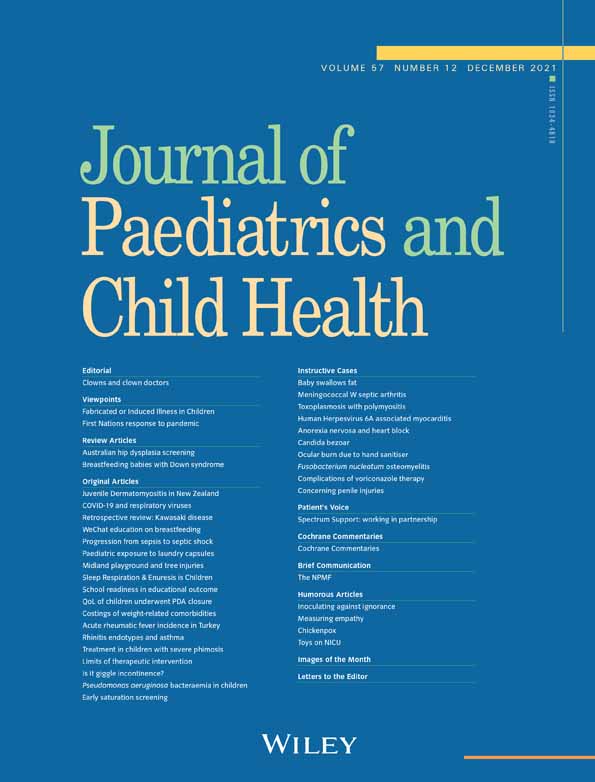Dark side of laundry pods: Analysis of exposure to laundry detergent capsules in children
Conflict of interest: None declared.
Abstract
Aim
We aimed to evaluate the epidemiological characteristic and clinical features of laundry detergent capsule (LDC) exposure in children.
Methods
Retrospective review of medical records of patients hospitalised due to the exposure to LDC at the Department of Paediatrics and Gastroenterology, Medical University of Lublin, Poland, from 2014 to 2019 was conducted.
Results
During the study period, 38 children including 19 (50%) boys and 19 (50%) girls were admitted to our department due to exposure to LDC. The age of patients ranged from 11 months to 9 years, with a mean 48.61 ± 28.85 months of age. About 66% of patients were younger than 5 years. The major route of exposure was ingestion (n = 37; 97%). Most patients (n = 27; 71%) exhibited symptoms of exposure to the LDC. The most common symptoms were vomiting (n = 23; 60%), cough (n = 7; 18%) and salivation (n = 5; 13%). Seven patients required gastroscopy. Abnormalities were subsequently identified in three children.
Conclusions
Accidental exposure to LDC usually occurs in children younger than 5 years. Although the majority of cases had mild or moderate clinical outcomes, ingestion of LDC may lead to some severe consequences. Improvements in parental education regarding the risks of LDC, and in the packaging of LDC may prevent serious injury.




